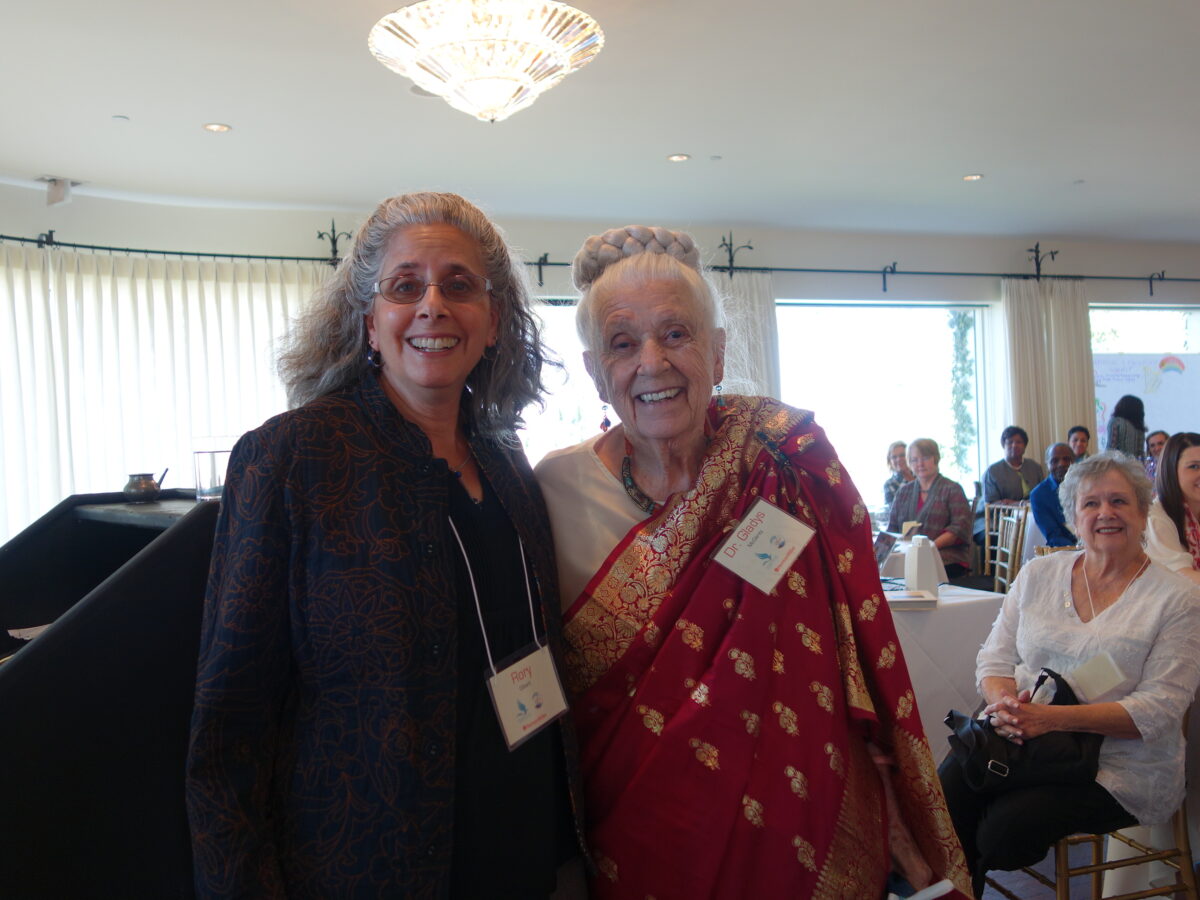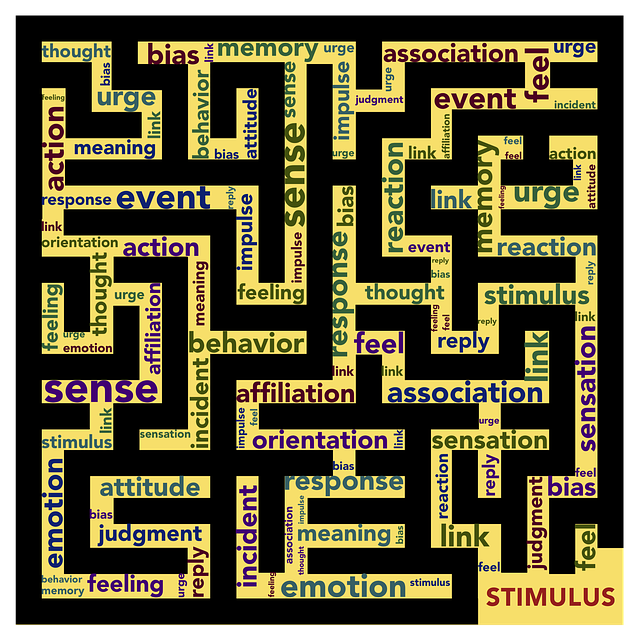On Christmas Day a few years ago, while juggling suitcases at the airport, I hooked one on a pole, tripped over the wheel, and went skidding across the floor in my best belly flop position. It was quite dramatic. In addition to the acute embarrassment, I had a fabulous rug burn on my hand and jammed my shoulder as I caught myself in the fall.
A few weeks later, my shoulder was still out of whack. My weight trainer and my chiropractor (both women) recommended physical therapy. I went to my PCP (a man) to get an order for physical therapy. He checked me out, deemed it a soft tissue injury and said physical therapy was unnecessary because it would heal on its own in 6 to 12 months. I accepted what he said and dealt with the discomfort while continuing my workout regimen and not sleeping on that side. However, I wondered if I had been a 40 year old man, would my doctor have been as quick to expect me to wait it out for a year?
Currently, the health care industry is focusing a great deal of energy on the patient experience with training, assessment and whole departments dedicated to the provider-patient relationship and communication. As a patient, I am on the outside looking in and wondering how much attention is given to implicit bias in these programs?
In 2003, the Institute of Medicine produced a critical publication about health care entitled “Unequal Treatment”. The report concluded that “unrecognized bias against members of a social group, such as racial or ethnic minorities, may affect communication or the care offered to those individuals.” (Blair et.al., p. 71) It stated that people experienced differences in the quality of their healthcare based on their social identities: race, ethnicity, age, gender, socio-economic status, insurance status, and sexual orientation. (Blair et.al., p. 71)
Further research indicates that differences in the quality of care are also associated with conditions such as mental health issues, obesity and drug use. (FitzGerald, p. 13)
Since 2003, some of healthcare’s most turbulent issues (revolutionary medical interventions, increases in pharmaceutical costs, the controversy over the Affordable Care Act) have influenced expectations and outcomes for the industry. Is healthcare a right or a privilege? Should health and longevity be based on one’s financial or social status? How should healthcare be allocated and compensated? These public policy issues continue to be debated and at this time, the outcomes are not known.
What has not changed fourteen years later is the fact that who we are impacts the care we receive. Numerous studies since then reaffirm that implicit or unconscious bias impacts our relationships with our caregivers, the quality of our communication, and the diagnoses and treatments we receive. (The Joint Commission, p. 1)
How does this play out? Examples from the research include impacts on three areas:
Communication and relationship:
- Unconscious attitudes can negatively influence interpersonal interactions, especially with individuals whose backgrounds differ from our own–often in ways that are subtle and difficult to recognize. Such interactions may contribute to a lack of trust and commitment on the part of the patient, leading to poor adherence. (Blair et. al., p. 73)
- Besides influencing judgments, implicit biases show up in our non-verbal behavior towards others, such as frequency of eye contact and physical proximity. Implicit biases explain a potential difference between what a person explicitly believes and wants to do (e.g. treat everyone equally) and the hidden influence of negative implicit associations on one’s thoughts and actions. (FitzGerald & Hurst)
- Stereotype threat may impair patient-clinician communication, reduce self-efficacy, and increase mistrust. (Blair et.al., p. 75)
Diagnosis and treatment:
- Non-white patients receive fewer cardiovascular interventions and fewer renal transplants.
- Black women are more likely to die after being diagnosed with breast cancer.
- Non-white patients are less likely to be prescribed pain medications.
- Black men are less likely to receive chemotherapy and radiation therapy for prostate cancer and more likely to have testicle(s) removed.
- Patients of color are more likely to be blamed for being too passive about their health care. (The Joint Commission, citing van Ryn)
Patient behavior:
A 2011 study conducted by van Ryn et al. concludes that racism can interact with cognitive biases to affect clinicians’ behavior and decisions and in turn, patient behavior and decisions, such as higher treatment dropout, lower participation in screening, avoidance of health care, delays in seeking help and filling prescriptions, and lower ratings of health care quality.
While there is evidence that conscious or explicit bias has declined significantly over the past 50 years, there is no evidence of change in unconscious or implicit bias. This is profoundly disturbing for people who express, believe and desire to treat all people equally. (Blair et. al.)
Call to Action
We know that most health care providers truly want the best for their patients, but without intentional effort, providers may be unconsciously short-changing their patients. . . and patients may also be complicit in risking their own outcomes. (Blair, et.al, p. 74) Essentially, we are in a relationship where one party’s behavior affects the other, and vice versa.
This research has been growing for the past fourteen years. There are some valiant efforts to change things in pockets of the health care industry. So how can we expand the message and reach all providers and patients in a comprehensive and effective way?
- The first thing to do is acknowledge that differences in health care access and outcomes are real and that we all participate in maintaining them.
- Then we need to identify those areas we can influence. Certainly, this is a time where policy and legislation is at the forefront of our attention…so yes, call, write, lobby, do what you can and what you believe to move our nation forward, so that we can have equitable and effective health care for all.
- And finally, we need to look at ourselves and identify effective ways to challenge our own biases so that we provide and receive the best possible health care.
Receive you ask? Yes, receive. I had a responsibility in that partnership too. Why didn’t I ask my doctor why he thought it was okay for me to be uncomfortable for a year? Yes, I did assume that he was treating me like a little old lady and that my physical activity didn’t matter. I did not speak up or take the time to challenge my assumptions or his. I was complicit in maintaining disparate treatment – even if the answer to my question was that he would have treated a 40 year old man the same way. I was complicit because our relationship was damaged. I lost trust in him and discounted his investment in me. He did not have an opportunity to reflect on whether, in fact, he was making incorrect assumptions about me – and “little old ladies” like me.
Although research has not yet identified proven strategies for providers or patients, there are a number of promising approaches that have been found to reduce unconscious bias. Here are some recommendations that appear repeatedly in the literature. (van Ryn, Blair et.al., FitzGerald & Hurst)
- Practice perspective taking — how might the other person feel? What might they be thinking?
- Remember that we are all human and all individuals. Providers need to see their patients as individuals. Patients need to recognize that their providers are human and imperfect.
- Develop empathy – listen to the feelings behind the words, observe non-verbal cues – and then address what you see and hear.
- Increase partnership building and see the provider-patient relationship as a partnership. When we are in it together, we consider the other as part of our group, which increases caring, empathy and trust. When we are in a partnership, we can and must speak up, question assumptions, and provide feedback.
- Counter stereotypes. This action has been proven to have the strongest evidence for change. Decrease negative stereotypical cues and seek out and attend to information and images that are contrary to the stereotypes. This takes intentional effort!! Professor Margaret Whitehead, head of the World Health Organization (WHO) Collaborating Centre for Policy Research on Social Determinants of Health states that, “Once learned, stereotypes and prejudices resist change, even when evidence fails to support them or points to the contrary. People will embrace anecdotes that reinforce their biases, but disregard experience that contradicts them.” (cited in Blair et.al., p. 1)
- Increase positive interactions with people of difference.
- Manage stress levels and cognitive load. When we are overloaded and in high stress situations, we revert back to stereotypes in order to reduce mental demand necessary to cope.
If we truly want to improve the patient experience (as providers and as patients), we need to be serious about building genuine relationships. This requires trust, honesty, and recognition of our human frailties. It requires us to be mindful of our biases and help each other challenge them. How else will become conscious of that which is unconscious? How else will we ensure the best possible care?
References:
Blair, I., Steiner, J., & Havranek, E. (Spring 2011). Unconscious (Implicit) Bias and Health Disparities: Where do we go from here? The Permanente Journal, Volume 15 No. 2. retrieved from: https://www.ncbi.nlm.nih.gov/pmc/articles/PMC3140753/
The Joint Commission, Division of Health Care Improvement, (2016). Implicit Bias in Healthcare, Quick Safety Issue 23. Retrieved from
https://www.jointcommission.org/assets/1/23/Quick_Safety_Issue_23_Apr_2016.pdf
FitzGerald, C. & Hurst, A. (2017). Implicit bias in healthcare professionals: a systematic review. BMC Medical Ethics, 18:19. Retrieved from https://www.ncbi.nlm.nih.gov/pmc/articles/PMC5333436
van Rynd, M. 2015. Unconscious Bias in Healthcare. APHA Webinar on Unequal Treatment: Disparities in Access, Quality and Care. Retrieved from
https://www.apha.org/~/media/files/pdf/webinars/racism_webinar3_part2.ashx
Smedley, B., Stith, A. and Nelson, A. Eds, (2003). Unequal Treatment, Confronting Racial and Ethnic Disparities in Healthcare. National Academies Press. Retrieved from https://www.ncbi.nlm.nih.gov/pubmed/25032386










